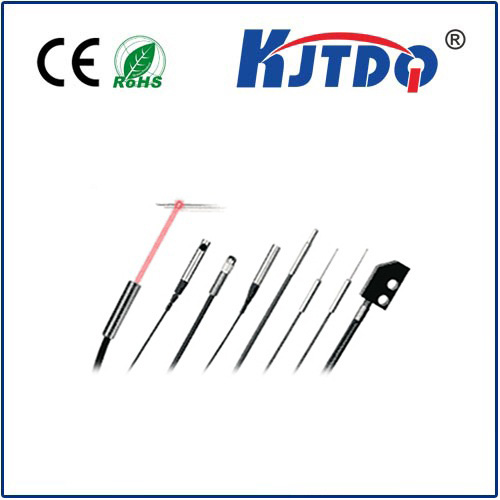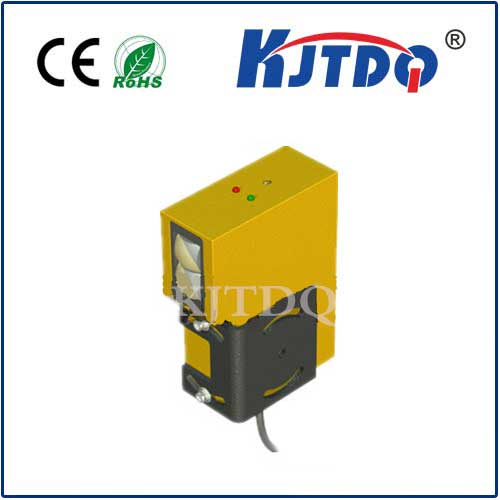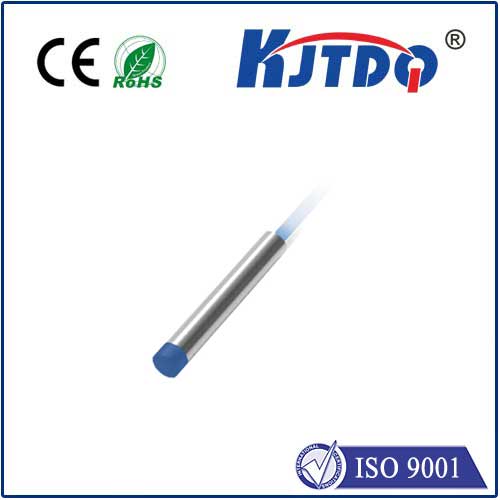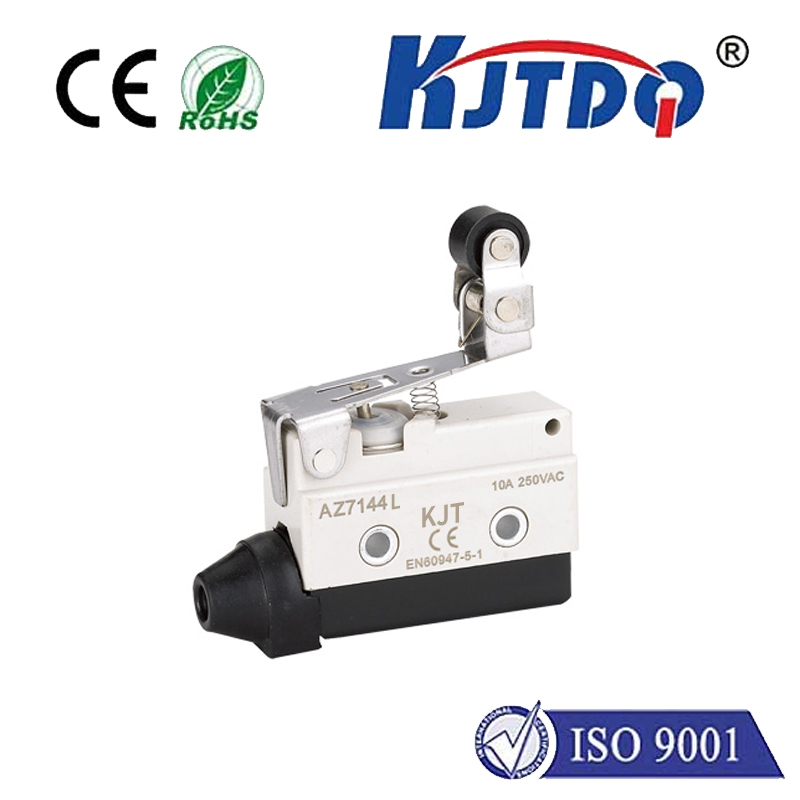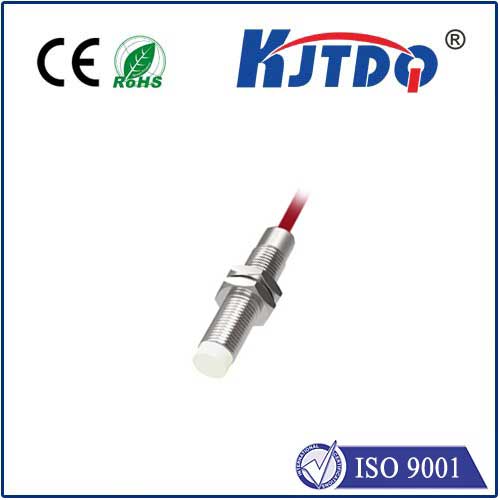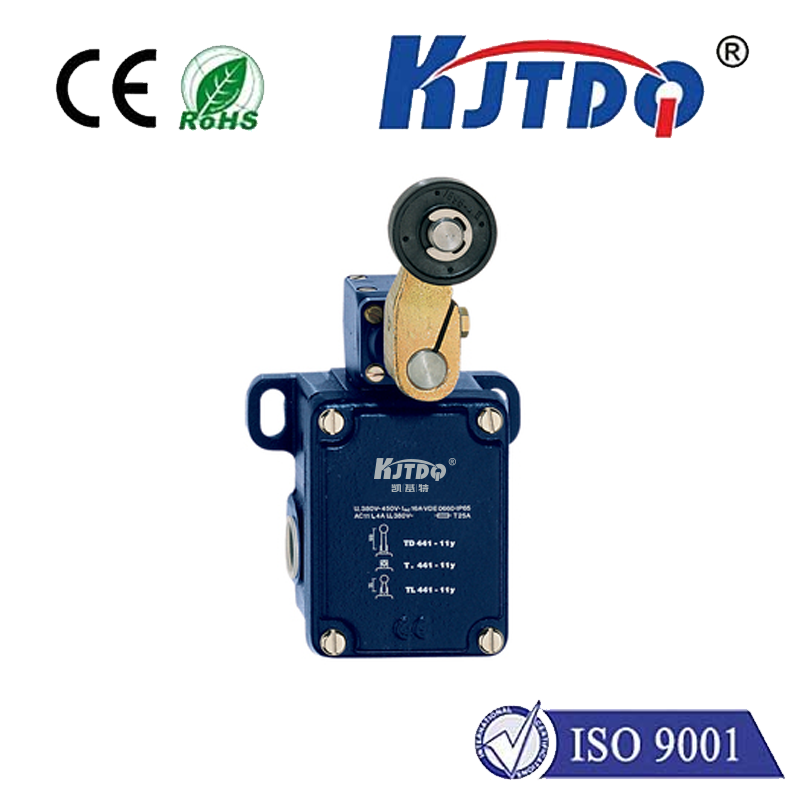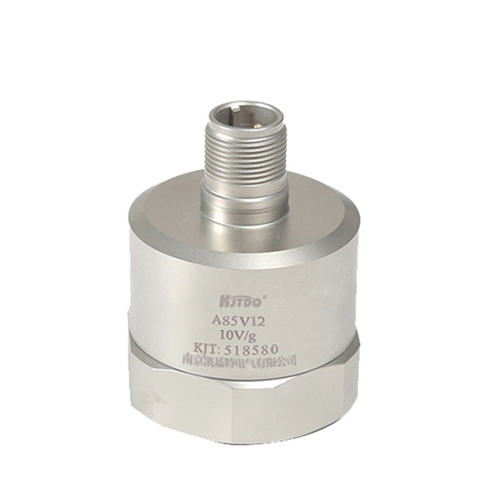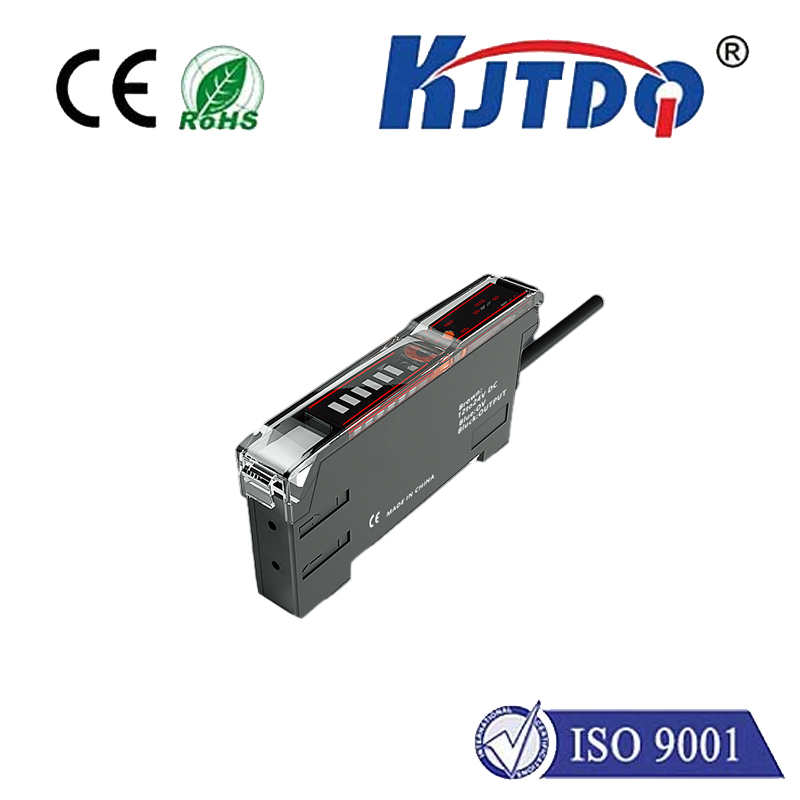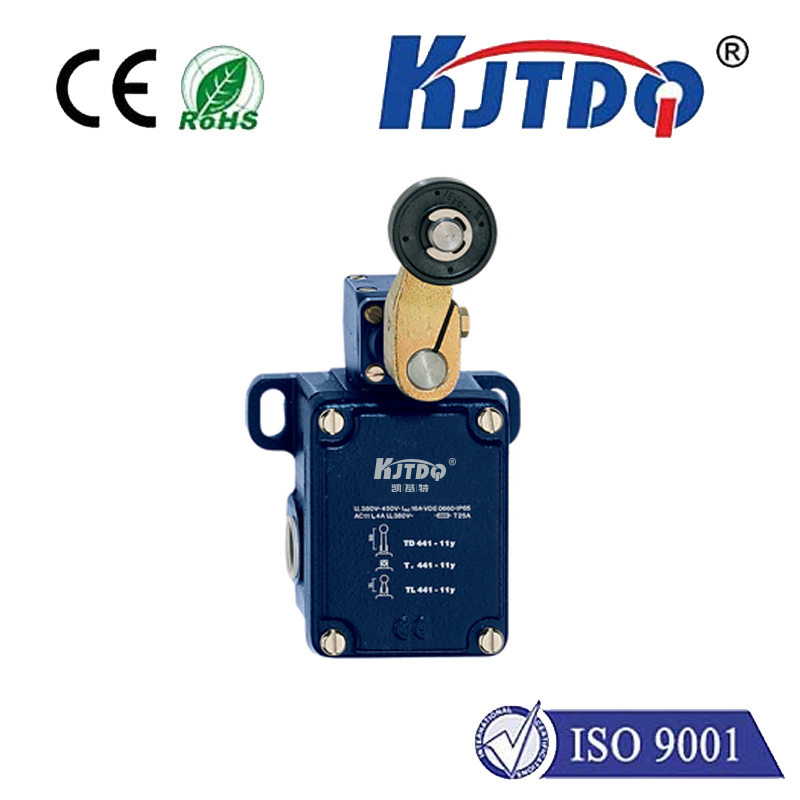120v proximity sensor
- time:2025-07-02 02:42:58
- Click:0
Powering Precision Detection: The Essential Guide to 120V Proximity Sensors
In the rhythmic heartbeat of modern factories, warehouses, and processing plants, machines need more than just power; they need awareness. The ability to detect object presence, position, or movement without physical contact is fundamental to automation, safety, and efficiency. Among the unsung heroes enabling this non-contact detection lies the 120V proximity sensor. Operating directly on the standard industrial line voltage prevalent across North America and other regions, these robust sensors offer a seamless integration point for countless applications. Understanding their capabilities and optimal use is key to unlocking smoother operations.
Why Voltage Matters: The Significance of 120V AC
Unlike the lower voltage DC sensors (like 12V or 24V) common in smaller electronics or automotive contexts, 120V AC proximity sensors are designed for the demanding environment of industrial mains power. This offers several distinct advantages:
- Simplified Wiring & Power Supply: Eliminating the need for separate DC power supplies or converters significantly reduces installation complexity and cost. They plug directly into the existing 120V AC infrastructure common in workshops and factories.
- Robustness & Noise Immunity: Operating at higher voltage often correlates with inherently better resistance to electrical noise generated by large motors, variable frequency drives (VFDs), and welding equipment that plague industrial settings. This leads to superior reliability and fewer false triggers.
- Stronger Output Signal: The higher operating voltage often allows for driving heavier loads directly or providing more robust signal transmission over longer distances compared to low-voltage DC counterparts, enhancing overall system resilience.
- Standardization: Using the facility’s primary voltage streamlines maintenance and parts inventory.
Core Principle: Seeing Without Touching

Despite their voltage, the fundamental sensing principle remains consistent with other proximity sensors: induction or capacitance.
- Inductive Proximity Sensors: These are the workhorses for detecting metallic objects (ferrous metals like steel and iron are most easily detected, but non-ferrous metals like aluminum or brass can also be sensed, often at reduced ranges). They generate an electromagnetic field. When a metal target enters this field, it induces eddy currents, causing a measurable change within the sensor’s oscillator circuit. This change triggers the sensor’s output switch. Key traits include long operational life (no moving parts to wear out) and insensitivity to dirt, dust, or oils – perfect for harsh environments.
- Capacitive Proximity Sensors: These detect the presence of any object that alters an electrostatic field, including metals, plastics, wood, liquids, powders, and even granular materials. They work by measuring changes in capacitance between the sensor’s face and the target object. This versatility makes them ideal for level detection (liquids in tanks, powders in hoppers) or detecting non-metallic parts on production lines.
Key Advantages of 120V Proximity Sensors
Beyond the voltage-specific benefits, these sensors offer compelling features:
- Durability: Typically housed in rugged materials like nickel-plated brass or stainless steel with high IP ratings (e.g., IP67, IP69K), they withstand washdowns, impacts, vibration, and extreme temperatures. Explosion-proof models are also available for hazardous locations.
- Fast Response Times: Capable of detecting objects in microseconds, enabling high-speed automation and precise control.
- Maintenance-Free Operation: The non-contact nature means no mechanical wear, leading to reduced downtime and lower lifecycle costs.
- Versatile Outputs: Common output configurations include Normally Open (NO), Normally Closed (NC), or changeover (SPDT) contacts. Many models feature solid-state (transistor) outputs alongside or instead of traditional relay outputs, offering faster switching speed and longer life.
- Cost-Effective Integration: The combination of direct 120V AC operation and robust design offers a very attractive return on investment for industrial applications.
Selecting the Right 120V Proximity Sensor
Choosing the optimal sensor involves considering several factors:
- Target Material: Metal? Choose inductive. Non-metal, liquid, or granular? Capacitive is likely necessary.
- Sensing Distance (Range): Determines how close the target needs to be for reliable detection. Specified as the nominal sensing distance (Sn). Always consider real-world mounting and potential target variations.
- Mounting Style & Size: Flush-mountable or non-flush? Barrel-shaped (common for inductive) or block/rectangular style? Space constraints are crucial.
- Output Type & Load Capacity: Relay or solid-state (NPN/PNP)? How much current/voltage does the connected load (PLC input, relay coil, pilot light) require? Ensure electrical compatibility.
- Environmental Factors: Required IP rating for dust/water ingress? Temperature extremes? Exposure to chemicals? Need for explosion-proof certification?
- Electrical Connections: Pre-wired cable or quick-disconnect (QD) connector?
Common Applications: Where 120V Proximity Sensors Shine
Their robustness and direct AC compatibility make them ubiquitous in:
- Machine Automation: Detecting part presence/absence on conveyors, monitoring robot arm positions, counting items, verifying tool position in CNC machines.
- Material Handling: Controlling conveyors, detecting pallet positions, monitoring bin levels (capacitive), signaling gate positions.
- Packaging Machinery: Verifying filled bottles/cans, detecting film or label presence, controlling fill levels.
- Assembly Lines: Ensuring components are correctly positioned before joining operations.
- Access Control & Safety: Monitoring door/gate positions (open/closed), acting as part of safety interlock systems (though safety-rated devices are used for critical stops).
- Level Monitoring: Capacitive sensors excel at detecting liquid levels in tanks or powder levels in silos, preventing overflows or run-dry situations.
- Maintenance & Monitoring: Detecting rotation (is the motor shaft turning?), verifying cylinder end positions, monitoring vibration thresholds.
Integrating a 120V AC proximity sensor into a control circuit is typically straightforward. The sensor’s output acts as a switch directly controlling the load (like a solenoid valve, motor starter coil, or PLC input) connected to the same 120V AC circuit (or a separate control circuit derived from it), leveraging the inherent voltage compatibility for seamless operation. For instance, detecting a metal part on a conveyor belt might trigger a pneumatic cylinder to push it off the line, all powered from the same 120V AC source.
From ensuring precise assembly to preventing costly spills and keeping high-speed production lines synchronized, the 120V proximity sensor remains a cornerstone of industrial sensing. Their ability to operate reliably on standard mains power, withstand harsh conditions, and provide accurate non-contact detection makes them an indispensable tool for engineers and technicians seeking robust, efficient, and cost-effective automation solutions. Choosing the right type and properly installing it unlocks significant gains in uptime, safety, and overall operational performance.






